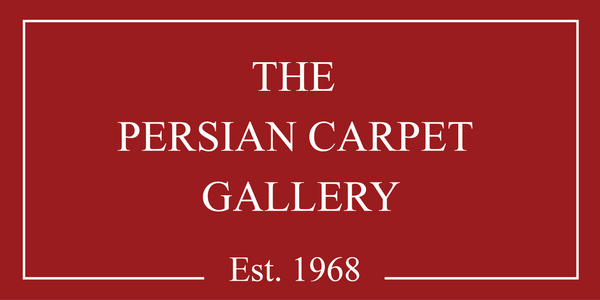“Garden” Carpet: A Masterpiece of Persian Artistry
“Garden” Carpet: A Masterpiece of Persian Artistry

Origin: Northwest Persia, early 16th century
Collection: Österreichisches Museum für angewandte Kunst, Vienna
Dimensions: 187 x 151 cm (74 x 59 in.)
Density: 307,200 knots per sq. m. (198 knots per sq. in.)
• Knots per 10 cm: 64 across, 48 lengthwise
• Materials:
• Warp: Unbleached cotton
• Weft: Unbleached cotton (red and yellow), one strand of yellow silk
• Pile: Wool, with brocading in silver and gold on silk thread
This exquisite piece is the earliest known example of the “garden” design in Persian carpets. Its pattern reflects the charm of provincial craftsmanship, with Arthur Upham Pope suggesting it was likely woven in Heriz.
The design features canals teeming with fish, dividing the field into six sections. Ducks poised to catch their prey occupy the larger spaces, while medallions within each compartment are adorned with birds, deer, flowering shrubs, and blossoms. A narrow border enriched with rosettes, flowers, and inclined leaves completes the intricate composition.
Formerly part of the Figdor Collection in Vienna, this carpet stands as a timeless testament to Persian artistic and cultural heritage.
